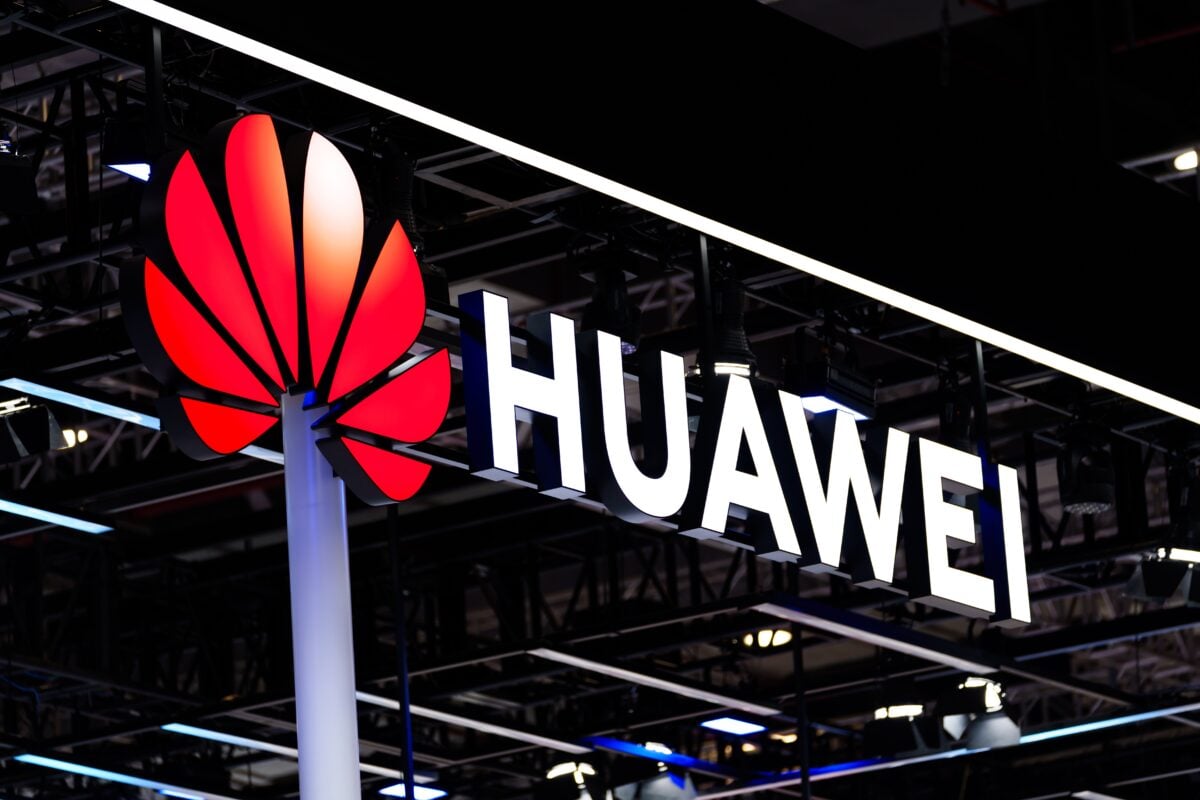TLDRs;
- Huawei appointed Richard Yu Chengdong to lead its Product Investment Review Committee, aligning investments with AI ambitions.
- The leadership change follows Huawei’s broader pivot toward AI amid international sanctions and trade restrictions.
- Huawei recently unveiled SuperPoD Interconnect, a high-speed system competing with Nvidia’s NVLink for AI training.
- The company also restructured its cloud unit to prioritize AI services after reporting losses last year.
Huawei has deepened its commitment to artificial intelligence with the appointment of Richard Yu Chengdong, head of its Consumer Business Group, as director of the company’s Product Investment Review Committee.
The move, formally announced by Huawei founder and CEO Ren Zhengfei Monday, places Yu at the center of strategic decision-making for the company’s AI investment agenda.
The committee, tasked with overseeing product investment decisions, will ensure Huawei’s capital allocation aligns with its growing ambitions in AI. The new appointment comes as Huawei accelerates its pivot toward artificial intelligence in response to intensifying international sanctions and restrictions that have limited access to certain global markets.
AI investments amid global headwinds
Huawei’s decision to elevate Yu underscores the strategic importance of AI as both an opportunity and a necessity.
Once best known for smartphones and telecommunications hardware, the company has been recalibrating its priorities following years of trade restrictions, particularly from the United States.
Yu, a long-standing Huawei executive who played a key role in the success of the company’s smartphone division, now takes on a broader role shaping how Huawei allocates resources across emerging AI products and services. His new oversight ensures investments are not only technologically sound but also positioned to maintain Huawei’s competitiveness in a rapidly shifting market.
Recent AI breakthroughs from Huawei
This leadership change builds on Huawei’s recent string of AI-focused announcements. Earlier this month, the company unveiled SuperPoD Interconnect technology at its annual Huawei Connect conference in Shenzhen. The innovation enables the clustering of up to 15,000 graphics processing units, including its in-house Ascend AI chips.
The development is seen as Huawei’s response to Nvidia’s NVLink, offering an alternative high-speed interconnect system to facilitate large-scale AI model training. With China having recently banned domestic firms from purchasing Nvidia hardware, Huawei’s infrastructure push is widely interpreted as both a market opportunity and a national necessity.
Just last month, Huawei also restructured its cloud computing unit to give AI a more prominent role. Departments were merged and operations streamlined into six focus areas, including computing, storage, database, and cybersecurity. The restructuring followed reported losses in the cloud division and signaled a decisive shift toward AI-driven solutions to improve both competitiveness and profitability.
Positioning for long-term dominance
With Richard Yu at the helm of investment oversight, Huawei is attempting to unify its disparate AI efforts, spanning hardware, software, and cloud infrastructure, under a coordinated strategy.
By consolidating leadership and channeling investments into core growth areas, Huawei is betting that its heavy R&D spending, traditionally between 10% and 15% of annual revenue, will pay off in AI innovation.
The combination of new infrastructure, restructured business units, and top-level leadership appointments highlights a company determined not just to survive international pressures but to position itself at the forefront of global AI advancements.





